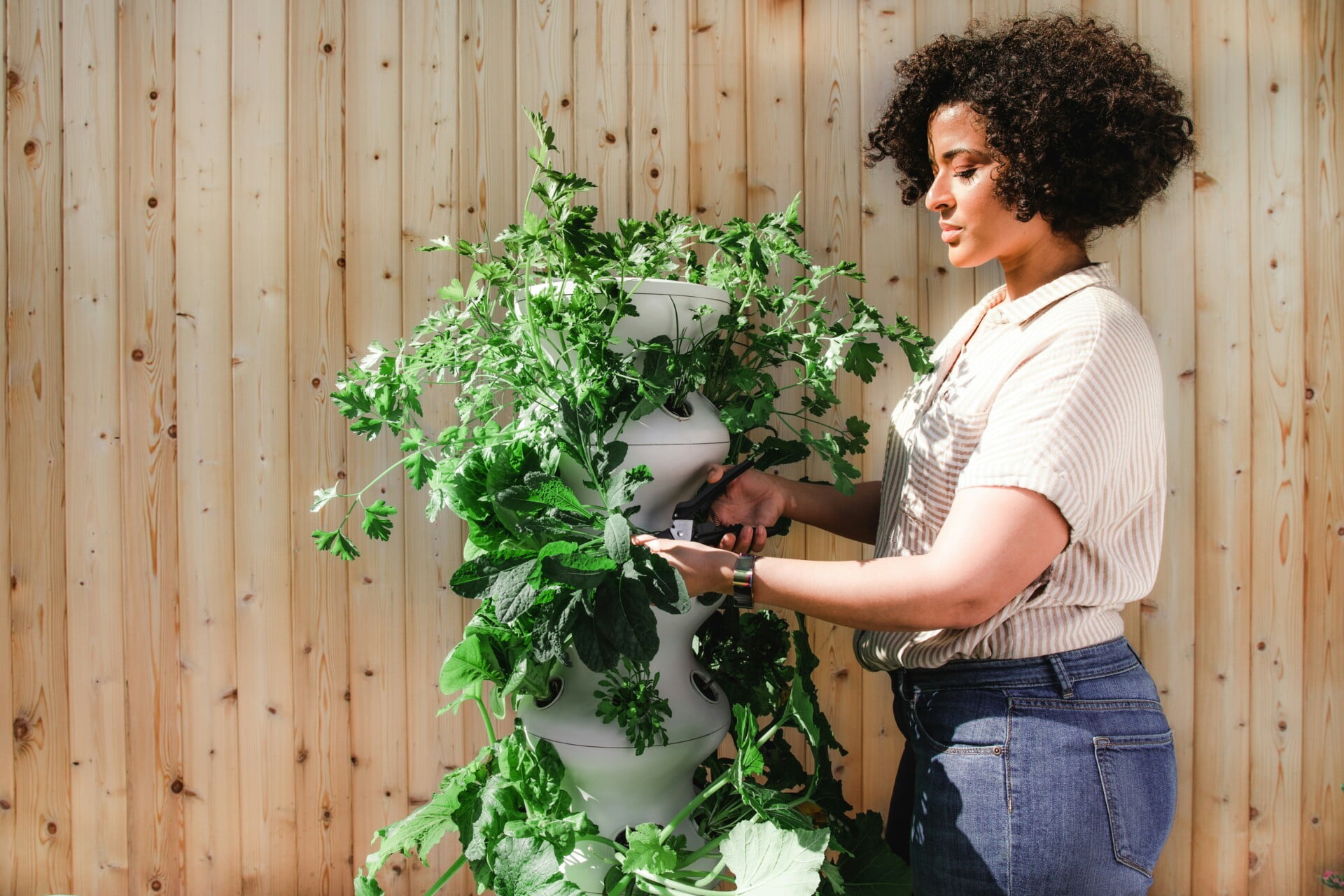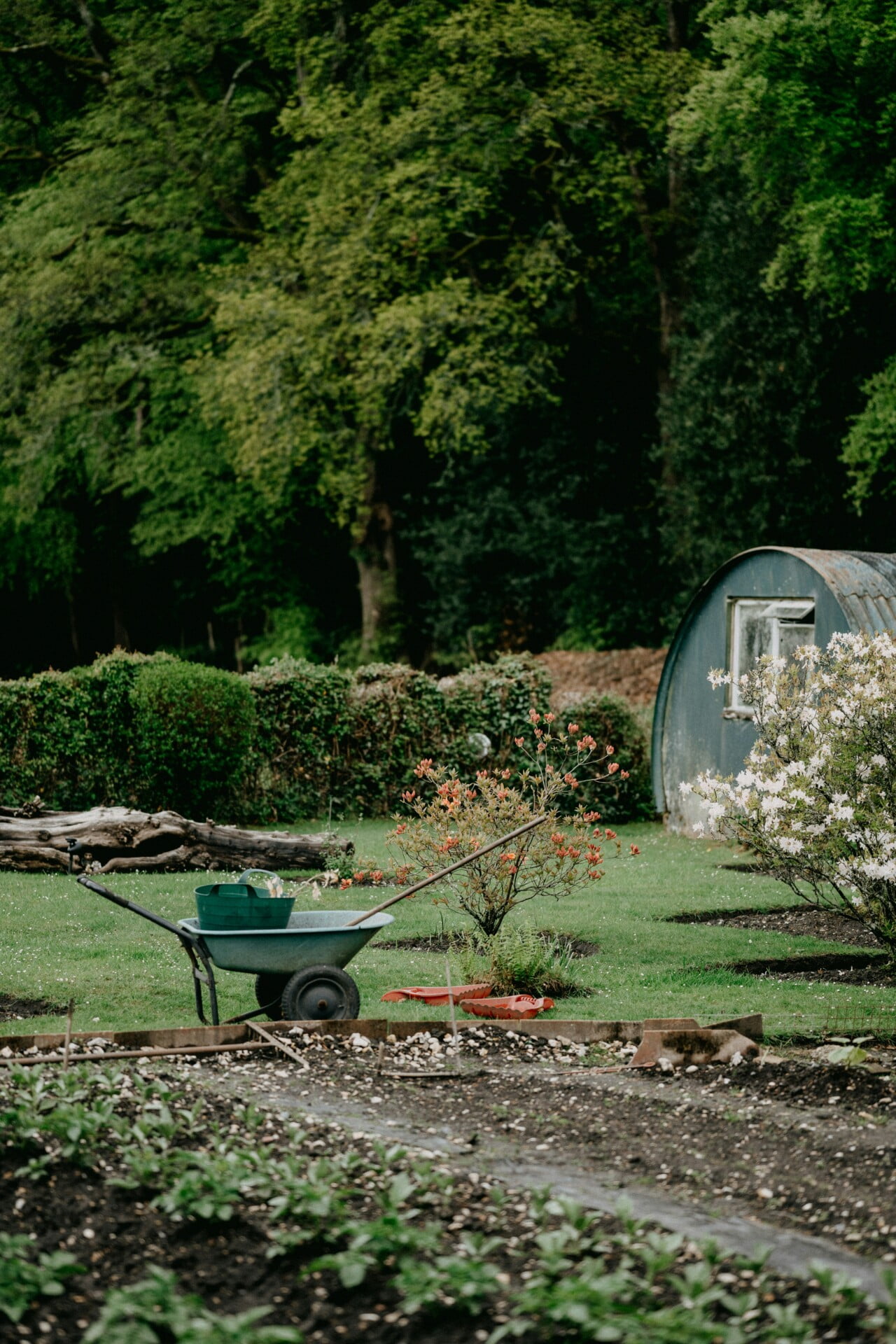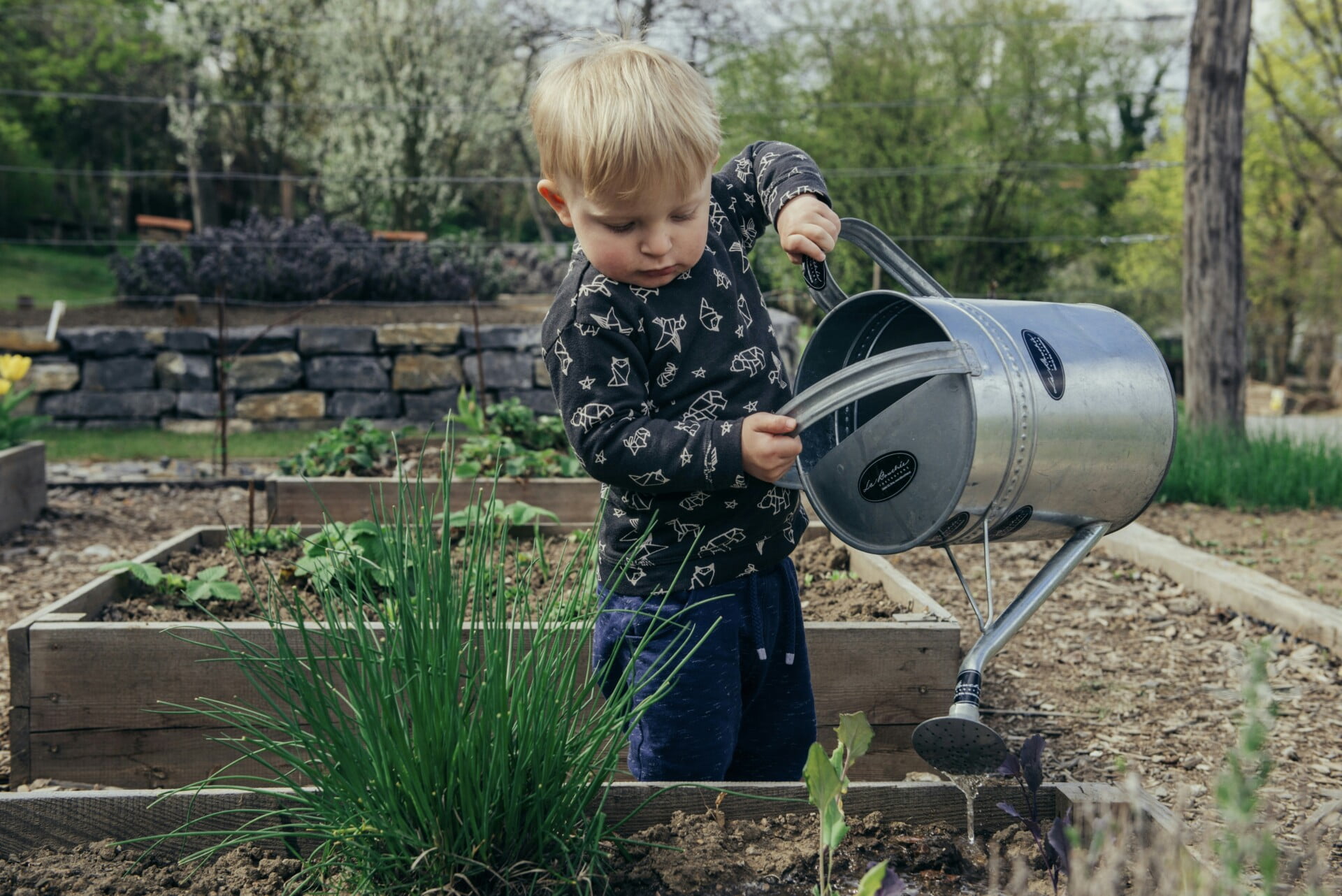As you cultivate your rooftop garden and proudly watch your vegetables thrive, it’s crucial to be prepared for the unpredictable nature of extreme weather. From scorching heatwaves to fierce storms, safeguarding your rooftop vegetables becomes paramount. In this article, we will explore some practical and effective methods to shield your precious plants from the wrath of mother nature, ensuring bountiful harvests all year round. So, let’s dive into the best practices for protecting rooftop vegetables from the challenges presented by extreme weather conditions.

Choosing the right location
When it comes to growing vegetables on your rooftop, choosing the right location is crucial. Consider the sunlight exposure of the area you plan to use. Vegetables generally require at least six hours of direct sunlight per day to thrive. Observe how the sunlight moves across your rooftop throughout the day and select a location that will provide adequate sunlight for your plants.
In addition to sunlight exposure, assess the wind patterns in your area. Strong winds can damage and uproot plants, so it’s important to choose a location that is relatively sheltered from strong gusts. Look for areas that are naturally shielded by walls or other structures. Evaluating the wind patterns will help you determine the best placement for your rooftop vegetable garden.
Lastly, consider the drainage capabilities of your rooftop. Poor drainage can lead to waterlogged soil, which can suffocate plant roots and promote the growth of mold and mildew. Ensure that your rooftop has proper drainage systems in place to prevent standing water. If your rooftop doesn’t have good natural drainage, you may need to install additional drainage solutions such as gutters or drainage pipes.
Building a sturdy infrastructure
Once you have chosen the right location for your rooftop vegetable garden, it’s important to create a sturdy infrastructure to support your plants. Start by ensuring a secure rooftop setup. Make sure that your rooftop is structurally sound and can handle the weight of the containers or raised beds you plan to use. If you have any concerns about the stability of your rooftop, consult with a professional before proceeding.
Construct raised beds or containers for your plants. Raised beds provide better drainage and allow you to control the soil quality more effectively. Containers are a good option if you have limited space or are unable to build raised beds. Choose durable materials for your beds or containers, such as weather-resistant wood or food-grade plastic.
To protect your plants from strong winds, consider installing windbreaks or barriers. These can be made from materials like mesh or woven fabric that allows some airflow while providing a barrier against gusty winds. Place the windbreaks strategically around your plants to shield them from the strongest winds.
Implementing proper irrigation and drainage
Proper irrigation and drainage are essential for the success of your rooftop vegetable garden. Installing efficient watering systems will ensure that your plants receive the right amount of water without wasting it. Drip irrigation or soaker hoses are excellent options for rooftop gardens as they deliver water directly to the plant roots, minimizing evaporation.
Utilize mulch and water retention materials to help conserve moisture in the soil. Mulching the surface of your raised beds or containers with organic materials like straw or wood chips helps prevent water evaporation and keeps the soil consistently moist. Consider using water retention materials, such as hydrogel crystals, in the soil mix to improve water absorption and reduce the frequency of watering.
Design effective drainage solutions to prevent waterlogging. Incorporate drainage holes in your containers or ensure that your raised beds have sufficient drainage outlets. You can also create a sloping design for your rooftop garden to allow excess water to flow away from the plants. Proper irrigation and drainage work hand in hand to keep your plants healthy and prevent water-related issues.
Protecting against extreme heat
During the scorching summer months, it’s important to provide shade options for your rooftop vegetable garden. Installing shade cloths or erecting shade structures can help protect your plants from direct sunlight and reduce the risk of heat stress. Choose materials that provide shade while still allowing sufficient airflow to prevent humidity buildup.
Another way to mitigate extreme heat is to use reflective materials. White or light-colored reflective surfaces can help bounce sunlight away from your plants and lower the temperature around them. Consider using reflective mulch or painting the walls or rooftop surface with a reflective coating to minimize heat absorption.
When selecting plant varieties for your rooftop garden, opt for heat-tolerant varieties. Some vegetables are more resistant to high temperatures and will fare better in extreme heat conditions. Research and choose plant varieties that can withstand prolonged exposure to intense sunlight and high temperatures.

Shielding from strong winds
In rooftop gardening, strong winds can pose a significant challenge. To shield your plants from strong winds, create windbreaks or barriers around your rooftop garden. This can be done by installing mesh or fence panels, or even setting up trellises or bamboo screens. These structures will help break the force of the wind and protect your plants from being damaged or uprooted.
Taller plants are more susceptible to wind damage. To prevent them from toppling over, stake or support them with stakes or trellises. Secure the plants firmly to the support structures, ensuring they have enough stability to withstand strong gusts.
Choosing sturdy plant varieties is also important when it comes to protecting your plants from strong winds. Some plants have stronger stems or root systems that can better withstand windy conditions. Research the varieties best suited to your rooftop garden and select those that are known for their wind resistance.
Preparing for heavy rainfall
With heavy rainfall, proper drainage is vital to prevent your rooftop garden from becoming waterlogged. Ensure that your rooftop has proper drainage systems in place, such as gutters and downspouts, to allow excess water to flow away from your plants. Regularly check and clean the gutters to prevent blockages.
Using raised beds or containers can help improve drainage in your rooftop garden. Elevating the plants allows excess water to drain freely, reducing the risk of waterlogging. Use well-draining soil mixes specifically designed for container gardening to further optimize drainage.
Consider employing water collection or diversion techniques to make use of heavy rainfall. Install rain barrels or reservoirs to collect rainwater, which can then be used to water your plants during drier periods. If your rooftop has poor drainage, consider creating a rain garden or installing a green roof system that incorporates layers of absorbent materials to manage excess water.

Protecting against frost and cold temperatures
When faced with frost and cold temperatures, it’s important to protect your rooftop vegetables to prevent them from being damaged. Cover your plants during cold periods with frost blankets or cloths. These lightweight coverings provide insulation and help trap the heat radiating from the ground, protecting your plants from freezing temperatures.
Utilize heat sources or insulating materials to further shield your plants from the cold. You can place small heat sources like heat lamps or electric blankets beneath the covering to provide additional warmth. Insulating materials, such as straw or shredded newspaper, can be used to help retain heat around the plant roots.
Monitor the weather forecast closely and be prepared to cover your plants ahead of frost or cold spells. Acting proactively and taking necessary precautions will ensure that your rooftop vegetable garden survives the winter months and recovers quickly when spring arrives.
Preventing damage from hail and storms
Hail and storms can cause significant damage to your rooftop vegetable garden. To protect your plants from hail, you can install protective netting or screens over the garden area. This will help deflect the impact of hailstones and prevent them from damaging the plants.
In the event of an approaching storm, it’s a good idea to bring potted plants inside. This will provide them with maximum protection from the strong winds and heavy rain associated with storms. If bringing all the pots inside is not feasible, prioritize the more delicate or valuable plants.
For taller plants that cannot be easily moved, secure them with stakes or supports. This will help anchor them to the ground and prevent them from toppling over during storms. Choose sturdy support materials like bamboo stakes or metal garden stakes that can withstand strong winds.
Controlling pests and diseases
Pests and diseases can wreak havoc on your rooftop vegetable garden if left unchecked. Implementing natural pest control methods is a safe and effective way to combat pests without harming the environment. Use companion planting techniques to repel pests, such as planting marigolds to deter aphids or basil to repel mosquitoes.
Regularly inspect your plants for signs of diseases, such as wilting or discoloration. Early detection allows for prompt intervention and minimizes the spread of diseases. Remove any infected plants or plant parts immediately to prevent the disease from spreading to healthy plants.
Practice good garden hygiene by keeping your garden clean and tidy. Remove weeds regularly as they can serve as hosts for pests and diseases. Dispose of plant debris properly to minimize the likelihood of attracting pests or harboring disease pathogens.
Monitoring and adjusting growing conditions
To ensure optimal growing conditions for your rooftop vegetable garden, it’s essential to monitor and adjust factors such as weather conditions, watering, and fertilization. Regularly check the weather forecasts to anticipate any extreme weather events and plan accordingly. This will allow you to take preventive measures and protect your plants in advance.
Maintain proper watering practices to avoid under or overwatering your plants. Observe the moisture levels in the soil and adjust the frequency and volume of watering accordingly. Remember that different plants have different water requirements, so it’s important to understand the needs of each plant in your garden.
Fertilize your plants appropriately to provide them with the necessary nutrients for healthy growth. Use organic fertilizers or compost to avoid introducing harmful chemicals into your rooftop garden. Assess the nutrient needs of your plants and fertilize them accordingly, following the instructions provided by the manufacturer.
Adapt to changing weather conditions by making adjustments to your garden management practices. Extreme weather events can have a significant impact on your rooftop garden, and being flexible and prepared to make necessary changes will help ensure the continued success of your vegetable cultivation.
In conclusion, protecting your rooftop vegetables from extreme weather requires careful consideration and proactive measures. By choosing the right location, building a sturdy infrastructure, implementing proper irrigation and drainage, providing protection against extreme heat, strong winds, heavy rainfall, frost and cold temperatures, hail and storms, controlling pests and diseases, and monitoring and adjusting growing conditions, you can create a resilient and thriving rooftop vegetable garden. With these strategies in place, you’ll be able to enjoy a bountiful harvest year-round, regardless of the weather conditions. Happy rooftop gardening!
